1,570 days, 2,406 entries ...
Newsticker, link list, time machine: HOLO.mg/stream logs emerging trajectories in art, science, technology, and culture––every day
Foregrounding food production and consumption, Deirdre O’Mahony’s “The Quickening” opens at Trinity College Dublin’s Douglas Hyde Gallery. In its eponymous film (2024, image), the Irish artist documents years of consultation with farmers and policymakers, conveying the “reality of farming and the centrality of soil to human, animal, and insect life.” Kicking off a tour, O’Mahony will subsequently screen the film in Carlow, Waterford, Kilkenny and other towns across Southern Ireland.
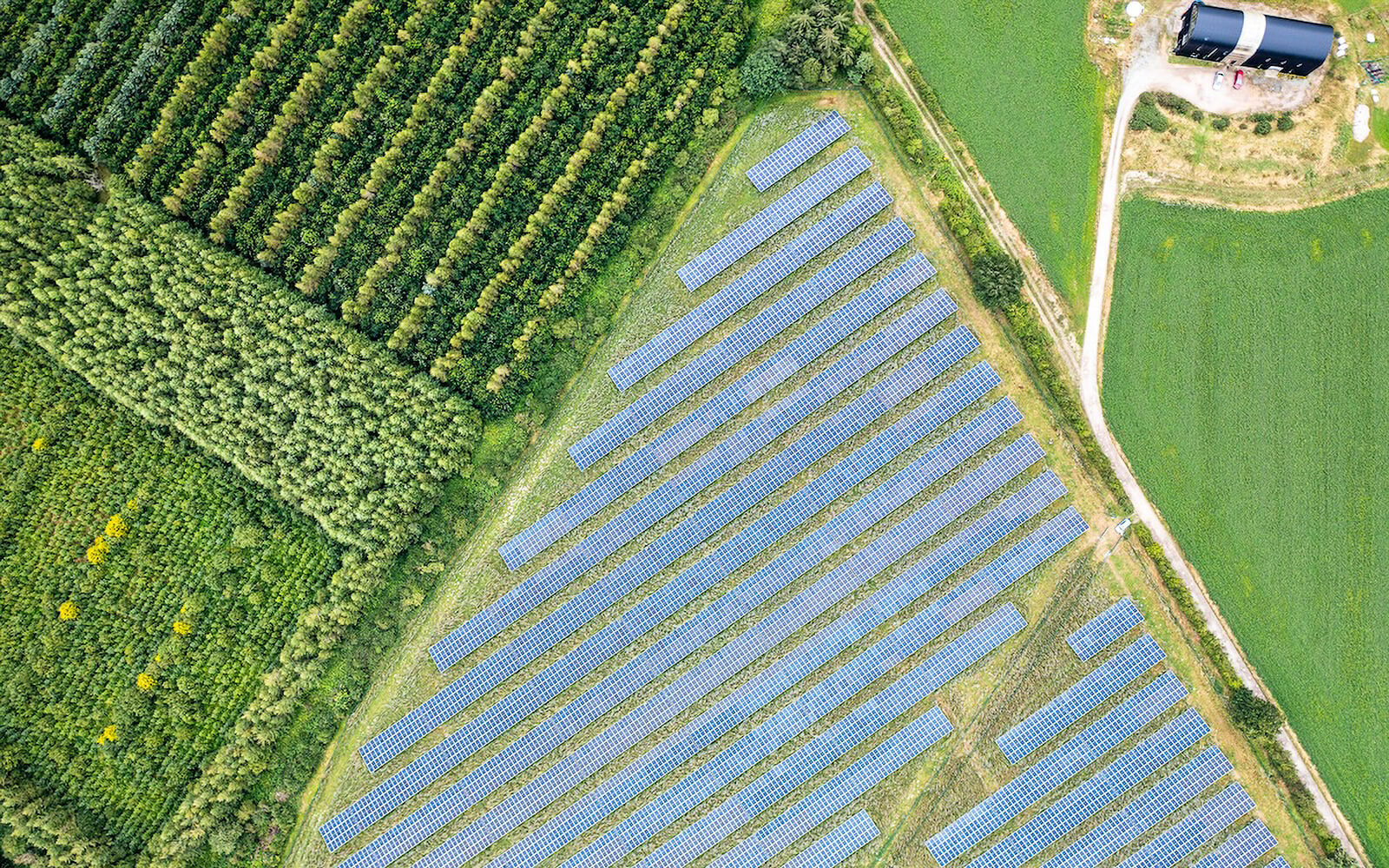
Mohawk multimedia artist Skawennati’s new machinima, They Sustain Us (2024), premieres at Gray Area, San Francisco, expanding a music video built and filmed in Second Life into an IRL garment collection and runway performance. Two years in the making and Gray Area’s biggest commission to date, the piece reimagines Three Sisters, beloved personifications of Indigenous staple crops (corn, beans, squash) as futuristic superheroes that celebrate food sovereignty, sustainability, and femininity.
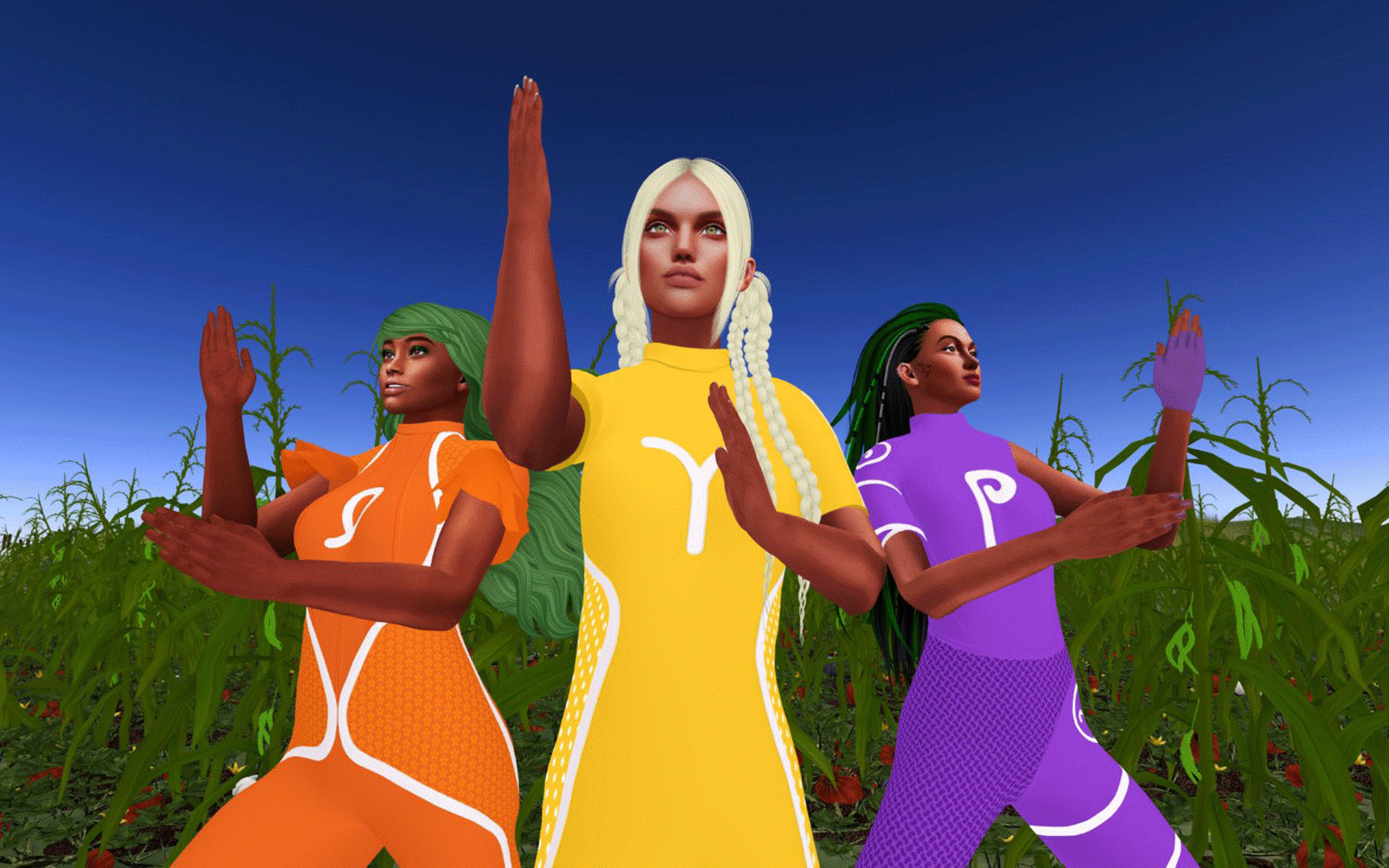
“The beetles reached Ohio in 1869. England in 1875. France, 1922, and wherever they went, a defenceless plant got thoroughly routed.”
Field Observatory, a “site-sensitive” installation by Finnish artist Teemu Lehmusruusu opens in Kirjurinluoto park in Pori (FI). Inspired by the root systems of alfalfa and other plants, Lehmusruusu’s “underground weather station” monitors underlying soil conditions and translates that data into a generative animation and soundscape. Drawing on dialogue with farmers and researchers developing carbon farming practices, the installation is a “portal into the volumes of the ground.”
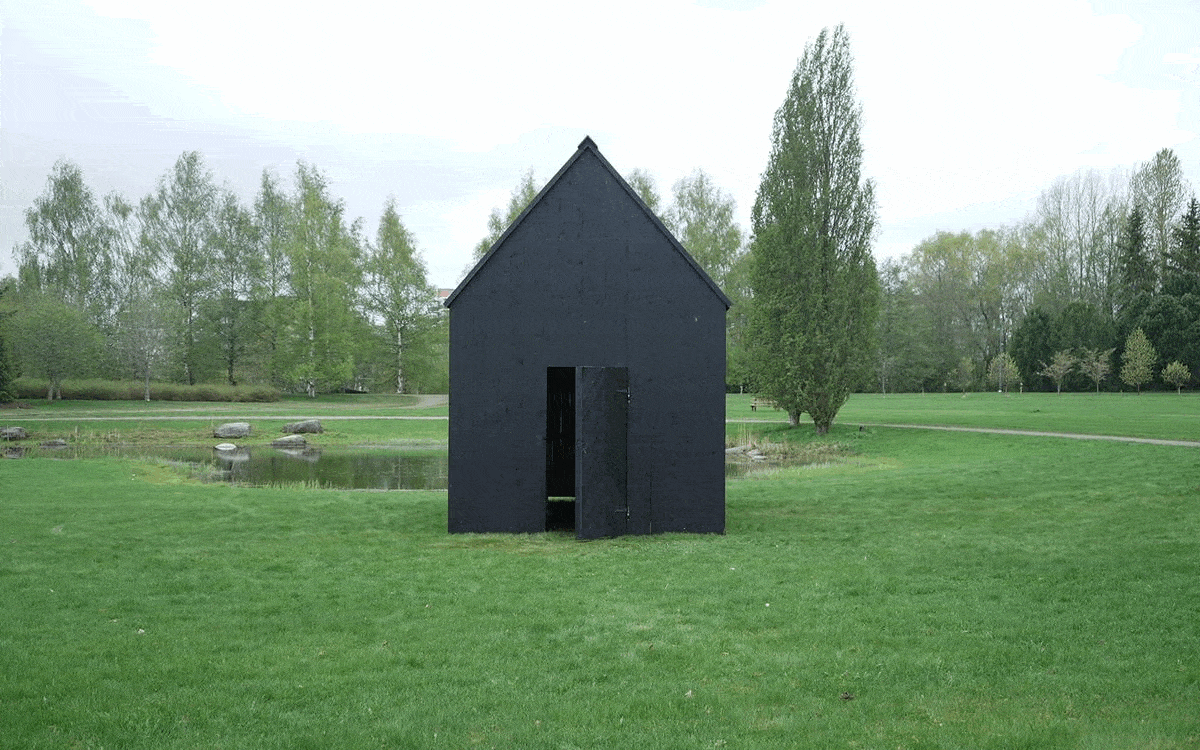
Positioning the slaughterhouses as a space “where the boundary between human, animal, and machine is produced and reproduced,” Aria Dean’s “Abattoir, U.S.A.!” opens at The Renaissance Society in Chicago. In her new film of the same name (image), the American artist takes viewers through an empty CGI slaughterhouse, probing “modernism’s intimacy with death.” Accompanying it in the gallery are abattoir architectural motifs to unsettle visitors: rubber flooring, side walls, an aluminum door.
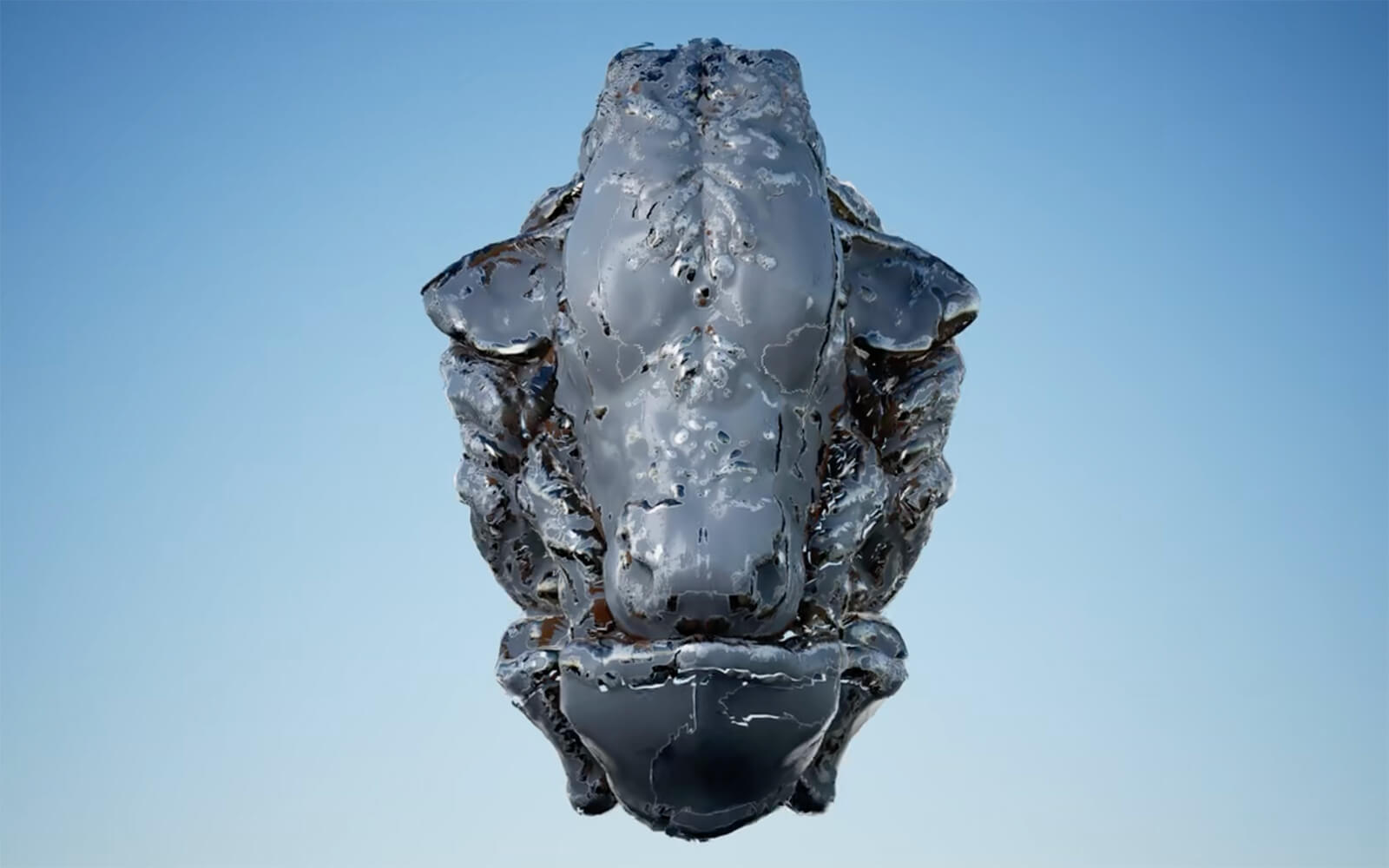
The U.S. Food and Drug Administration (FDA) clears “slaughter-free” lab-grown chicken by California-based Upside Foods (image) as safe for consumption. The approval caps a decade of research to bring lab-grown meat substitutes to market, in hopes of reducing both factory farming’s carbon footprint and the cruelty of industrialized poultry production. “Now we shift focus towards what really matters in this industry, which is scale up,” says Good Food Institute scientist Liz Specht.
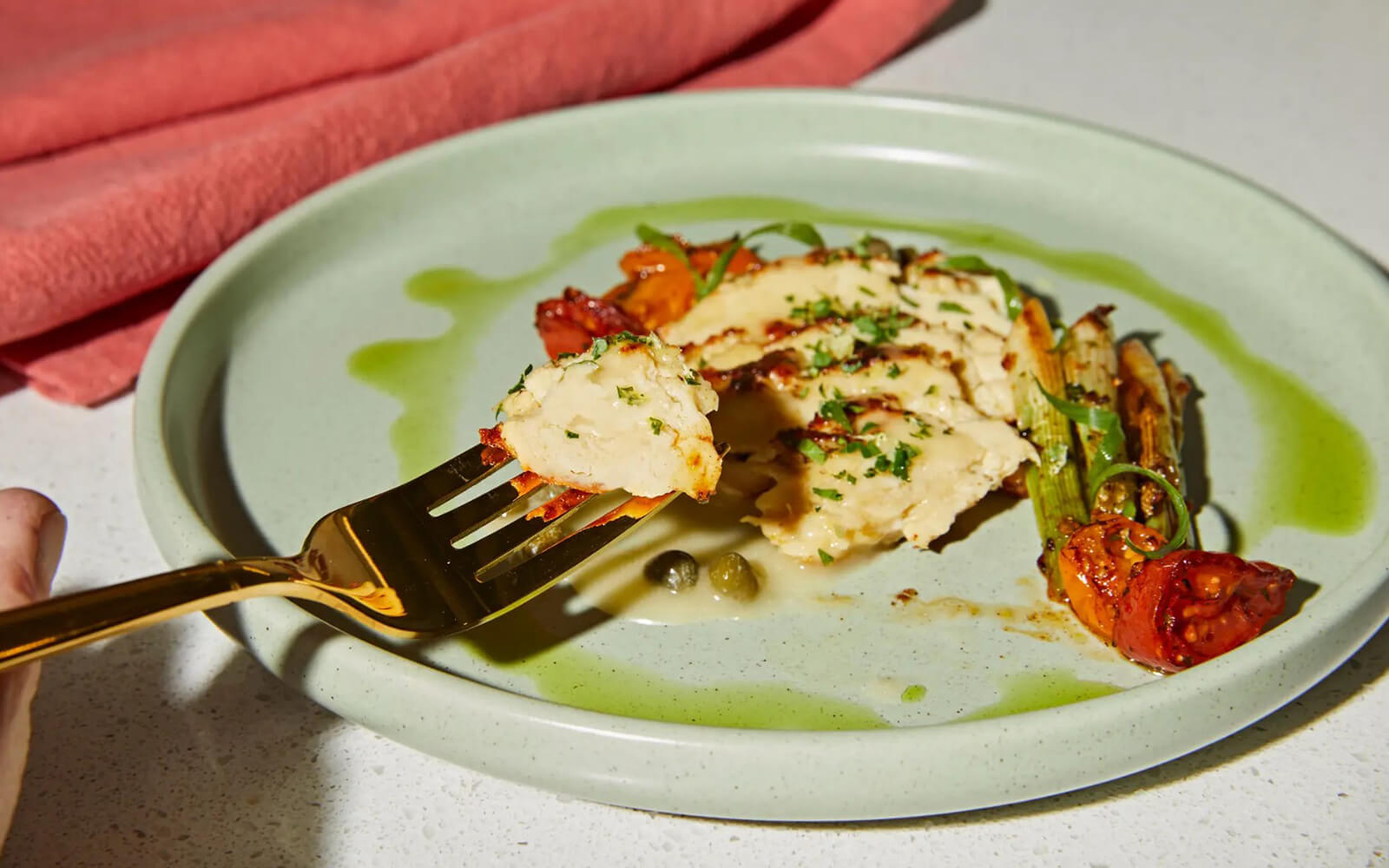
“Duckweed doubles its weight in just two days, is harvested continually, and is high in protein, nutrients, antioxidants, and vitamins. Only a few essential elements are missing that could make it a reliable base source for complete human nutrition.”
Karine E. Peschard
Seed Activism
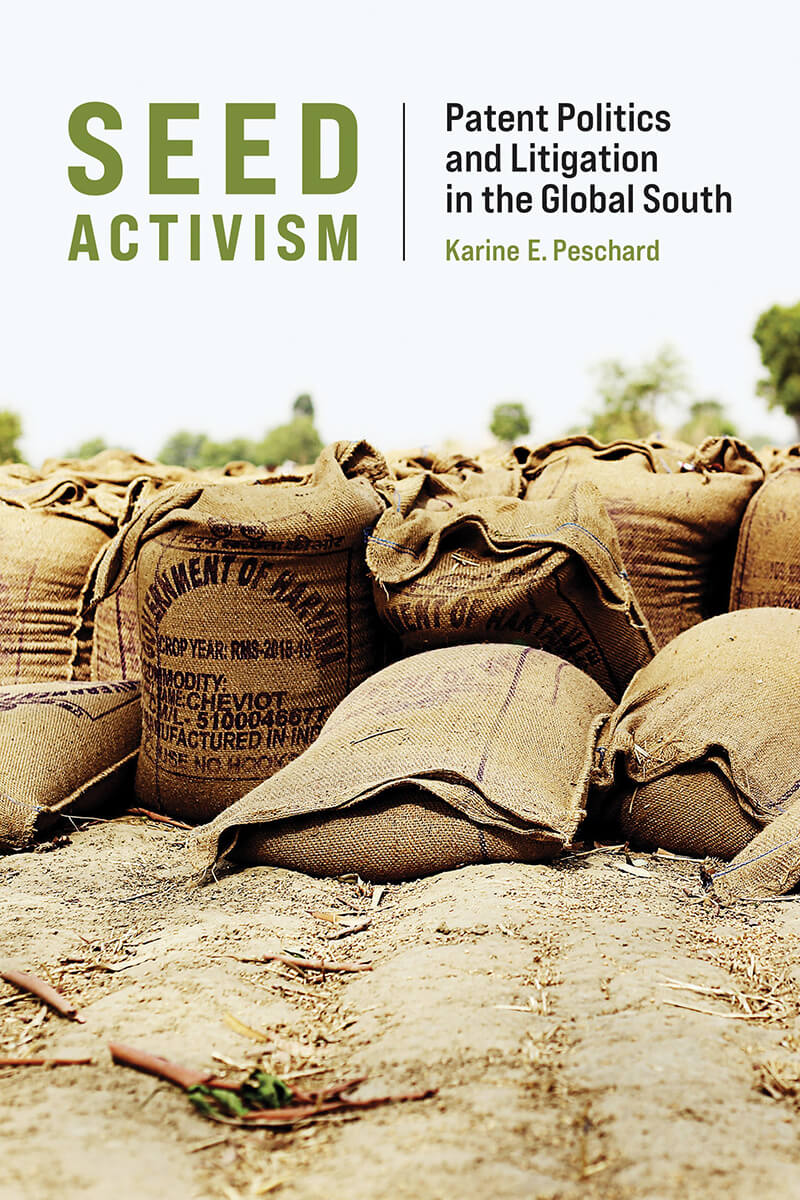
A retrospective collecting 40 works by the Australian artist, “Patricia Piccinini: We Are Connected” opens at Singapore’s ArtScience Museum. Showcasing her unsettling sculptures and installations that morph contemporary biopolitics towards the grotesque, the show features works including The Bond (2016, image centre) and The Field (2018, image), which, respectively, depict a mother cradling a human-ish fleshy creature, and a (wildly) genetically modified crop.
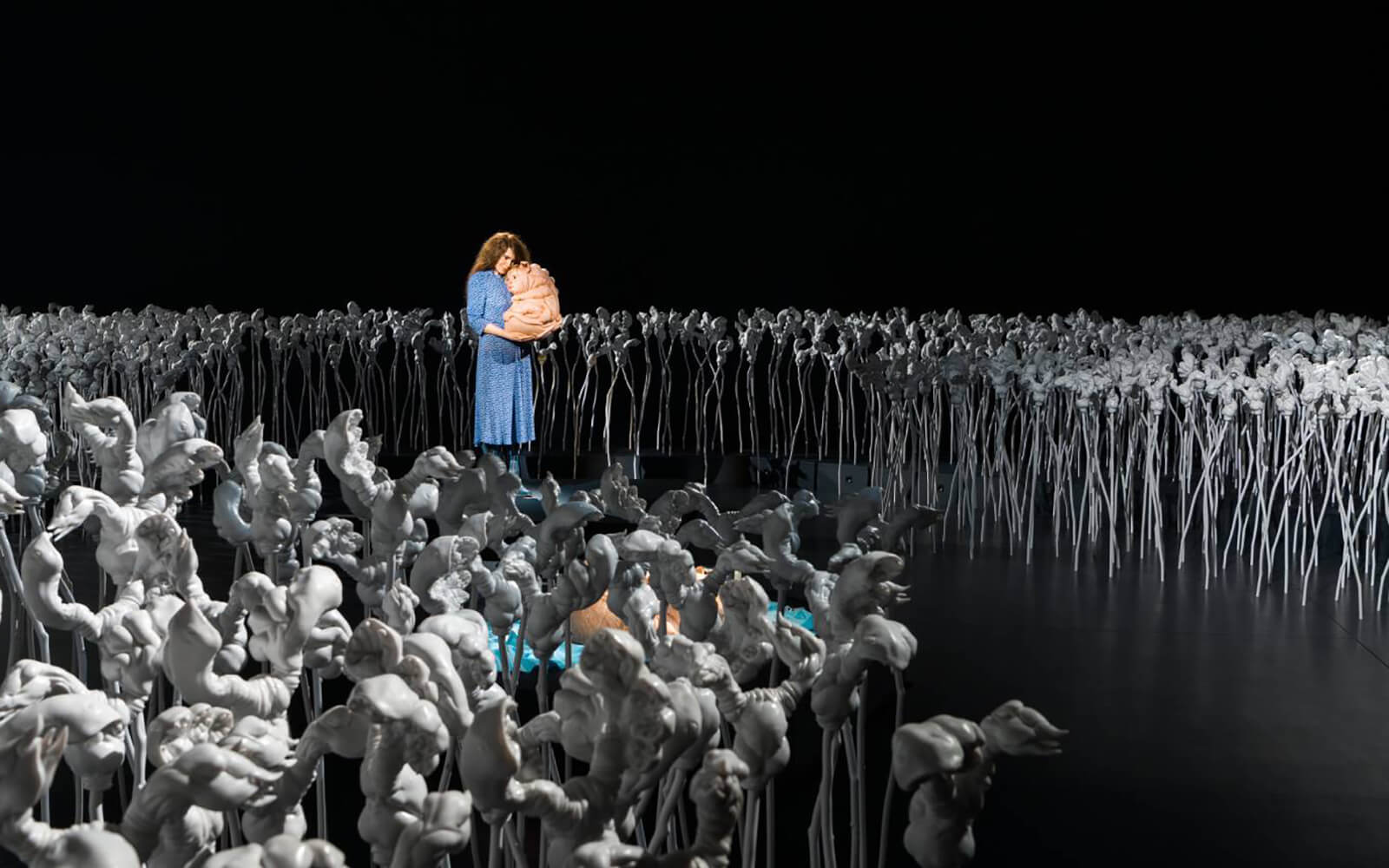
“We expect that our decision will encourage other developers to bring animal biotechnology products forward for the FDA’s risk determination, paving the way for [genome-edited] animals to more efficiently reach the marketplace.”
“We are not promoting ‘eating ourselves’ as a realistic solution that will fix humans’ protein needs. We rather ask a question: what would be the sacrifices we need to make to be able to keep consuming meat at the pace that we are?”
Xiaowei Wang
Blockchain Chicken Farm
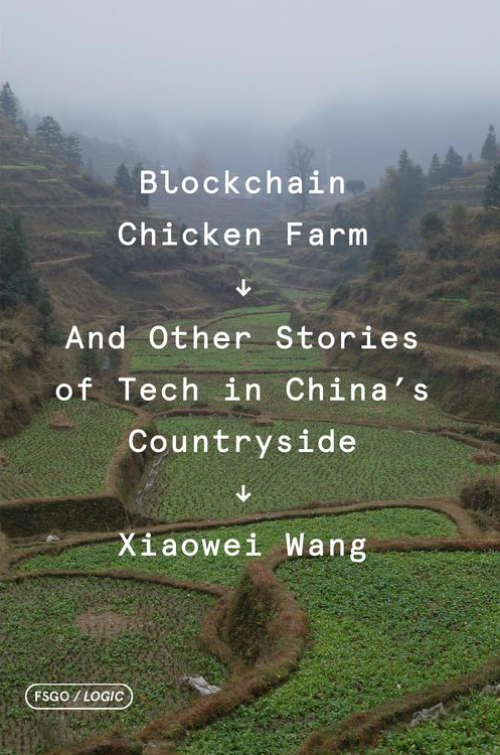
“Strangely enough, the V-2 rocket became over time a very strong symbol. Using this symbol, making it the world’s largest seed bomb, fully biodegradable and harmless made a lot of sense to me.”
Daily discoveries at the nexus of art, science, technology, and culture: Get full access by becoming a HOLO Reader!
- Perspective: research, long-form analysis, and critical commentary
- Encounters: in-depth artist profiles and studio visits of pioneers and key innovators
- Stream: a timeline and news archive with 1,200+ entries and counting
- Edition: HOLO’s annual collector’s edition that captures the calendar year in print
